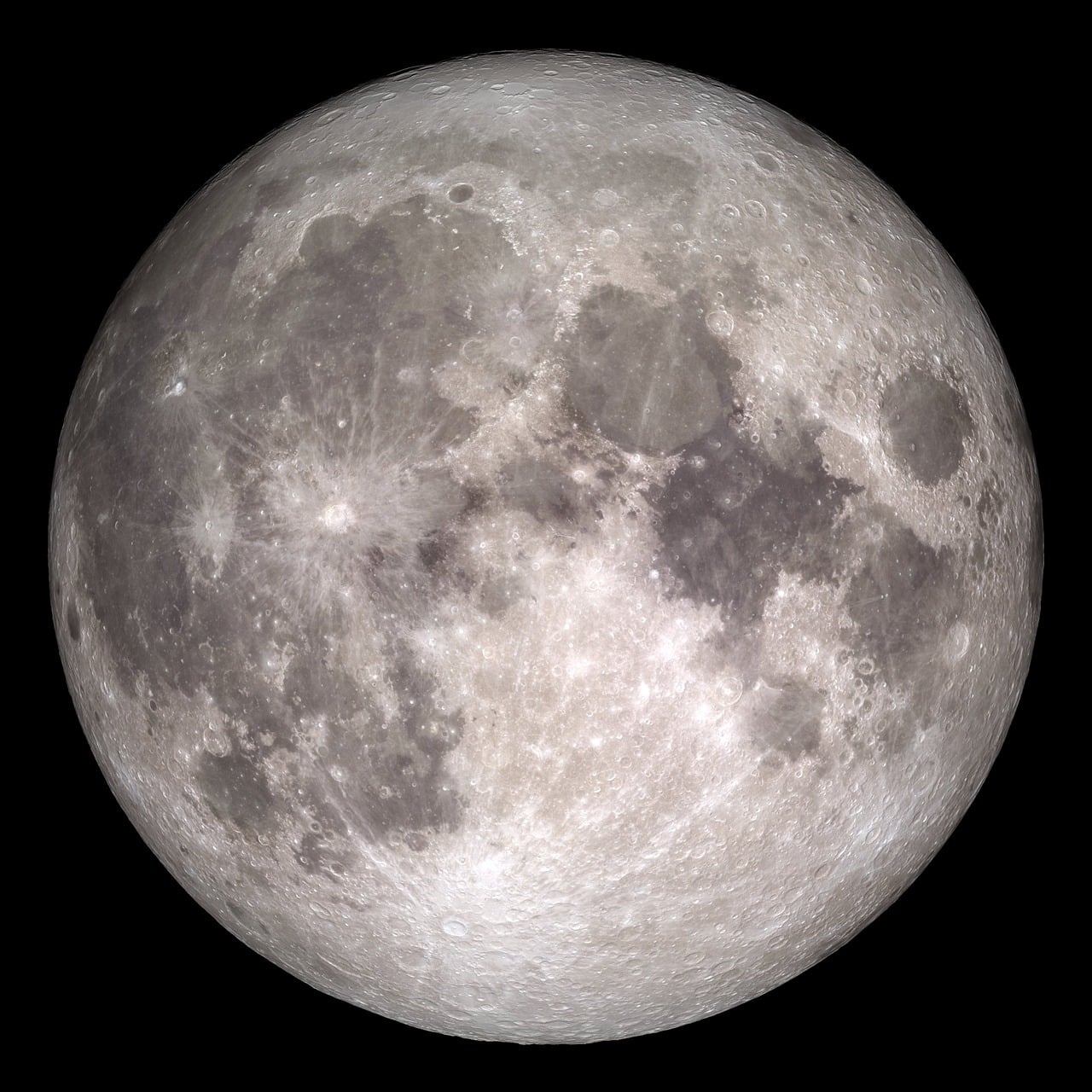The moon kind of spoiled the Orionid meteor shower last weekend because it was nearly full then. The next full moon will appear Wednesday night, and it’s the Hunter’s Moon, which is the first full moon after the Harvest Moon.
The name of each full moon is almost always based on the month in which it will rise in the sky. October’s full moon is known as the Hunter’s Moon. Even though it comes with a unique name, this month’s full moon won’t appear much different from other full moons throughout the year. It will officially become full at 12:45 p.m. Eastern on Wednesday and remain full through the rest of Wednesday night.
Origins traced to the Native Americans
The names of the full moons throughout the year originated hundreds of years ago from the Native Americans. They named the moons and then passed the names on to the colonists once they arrived in North America.
“The Algonquin Native American tribes referred to October’s moon as the full Hunter’s Moon because [it signaled the] time to go hunting in preparation for winter,” the Old Farmer’s Almanac reported. “Since the harvesters have reaped the fields, hunters can easily see the fattened deer and other animals that have come out to glean (and the foxes that have come out to prey on them).”
The Hunter’s Moon is just one of many names that have been given to October’s full moon around the globe, throughout the centuries and in different cultures. For example, in southeastern Asia, October is usually known as the end of monsoon season, so that influenced the nickname for the month’s full moon.
“For Hindus, this full moon is Sharad Purnima, a harvest festival marking the end of the rains. For Buddhists, this full moon is Pavarana, the end of Vassa (sometimes given the English names “Rains Retreat” or “Buddhist Lent”), the three-month period of fasting for Buddhist monks tied to the monsoons,” the Old Farmer’s Almanac said.
Sometimes October’s full moon is called the Harvest Moon, which is the name given to the full moon that is closest to the time of the fall equinox. Things changed slightly in 2018, with the Harvest Moon falling on Sept. 24, just a few days after the autumnal equinox.
Watch for meteors
Even though the glow of the Hunter’s Moon will wash away the stars and other celestial bodies in the night sky, you may still catch a glimpse of the Orionid meteor shower, which peaked a few days ago.
The Orionids are particularly special because they are the debris left behind by Halley’s comet during its past journey around the sun. Even though the meteor shower is fading away, there will still be some shooting stars left before it ends in early November.





